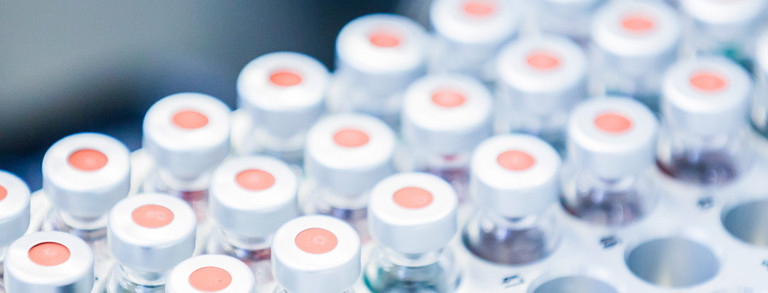M. Sc. Marius Rother
Effect of Surfactants on the Solubility of Pharmaceutical Ingredients
Surfactants are used extensively in industrial and pharmaceutical applications, exploiting their effect on the aqueous solubility of hydrophobic compounds. This project aims at developing an aggregation model to be combined PC-SAFT allowing for predicting the formation of surfactant aggregates and their influence on the solubility of pharmaceutical ingredients.
Description
Many applications of surfactants are based on their prominent feature to aggregate after reaching the critical micelle concentration. A common approach for thermodynamic modelling of this phenomenon is to consider the aggregation to be a reaction and applying the mass action law according to Equation (1) for any possible aggregation number n [1].
Kn gives the intrinsic driving force for aggregation and depends on the physio-chemical nature of the surfactant. Kγ measures the non-ideality of the solutions interconnecting the molecular nature of the solution with the aggregation process.
This work aims in revising a common aggregation formation model [2] to calculate Kn and combine it with the hetero-segmental group contribution approach of PC-SAFT [3, 4] to model Kγ. This allows to consider all intermolecular and inter-micellar interactions and model aqueous surfactant solutions over a wide range of conditions. Additionally, due to the group contribution approach this methodology will be able to predict the influence of surfactants on the molecular behavior of any other component.
References
| [1] | P. Mukerjee: „Size distribution of small and large micelles. Multiple equilibrium analysis”, J. Phys. Chem. 1972, 76 (4), 565–570. |
| [2] | R. Nagarajan, E. Ruckenstein: „Theory of surfactant self-assembly: a predictive molecular thermodynamic approach”, Langmuir 1991, 7 (12), 2934–2969. |
| [3] | N. Haarmann, S. Enders, G. Sadowski: „Heterosegmental Modeling of Long-Chain Molecules and Related Mixtures using PC-SAFT: 1. Polar Compounds”, Ind. Eng. Chem. Res. 2019, 58 (7), 2551–2574. |
| [4] | J. Gross, G. Sadowski: „Perturbed-Chain SAFT: An Equation of State Based on a Perturbation Theory for Chain Molecules”, Ind. Eng. Chem. Res. 2001, 40 (4), 1244–1260. |







